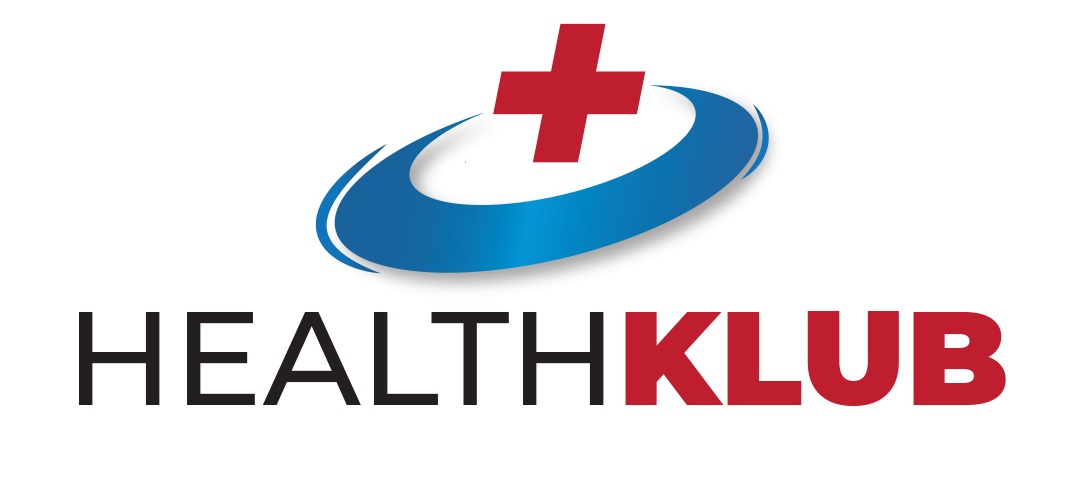Introduction to Anxiety and Heart Attack
In today’s fast-paced world, stress and health fears often intertwine, making it crucial to differentiate between anxiety and heart attacks. Anxiety is a mental health disorder characterized by persistent worry or fear, whereas a heart attack is a medical emergency due to blocked blood flow to the heart. Recognizing the differences between these two conditions is essential for timely and appropriate action. Misinterpreting anxiety for a heart attack, or vice versa, can lead to unnecessary panic or delay in receiving vital medical assistance.
Common Symptoms of Anxiety
Anxiety often presents with a wide range of symptoms that can vary in intensity. Common signs include persistent worry, nervousness, and fear that can interfere with daily activities. You may also experience irritability, restlessness, or a feeling of being on edge.
Physical symptoms are also prevalent and can include a racing heart, sweating, trembling, dizziness, and fatigue. Gastrointestinal issues such as nausea or stomachaches are also common.
It’s important to note that anxiety symptoms can fluctuate over time. They may be triggered by specific situations or stressors, or they may occur spontaneously. Understanding your specific triggers and symptoms can help in managing anxiety effectively and seeking appropriate treatment when necessary.

Common Symptoms of a Heart Attack
A heart attack, or myocardial infarction, typically presents with more distinct symptoms, although they can sometimes overlap with anxiety. The most common symptom is chest pain or discomfort, often described as a feeling of pressure, squeezing, or fullness in the center or left side of your chest. This pain may spread to your shoulders, neck, arms, back, teeth, or jaw.
Other symptoms can include cold sweat, nausea, vomiting, and lightheadedness. Some individuals, particularly women, may experience symptoms that are less typical, such as discomfort in the jaw or back, unusual fatigue, or a feeling of indigestion. Awareness of these variations can be lifesaving.
Key Differences Between Anxiety and Heart Attack Symptoms
Differentiating between anxiety and a heart attack can be challenging due to overlapping symptoms. However, several key differences can help guide you. Anxiety symptoms often fluctuate, whereas heart attack symptoms are typically persistent and progressive.
The nature of chest pain can also differ. Anxiety-related chest discomfort is usually sharp or stabbing and located in the center of the chest. In contrast, heart attack pain is often described as a heavy or squeezing sensation and can radiate to other parts of the body.
If you suspect a heart attack, it’s crucial to seek medical help immediately. Recognizing these distinctions can aid in getting the right treatment at the right time.
Risk Factors for Anxiety and Heart Attacks
Various factors can increase your likelihood of developing anxiety or experiencing a heart attack. For anxiety, genetic predisposition, such as a family history of anxiety or other mental health disorders, and personal history including childhood trauma or stress, play significant roles. Lifestyle factors like excessive alcohol or caffeine consumption can also exacerbate anxiety symptoms. Hormonal changes during life stages such as puberty, pregnancy, or menopause may further influence anxiety.
Heart attack risk factors are closely linked to coronary artery disease, often driven by high cholesterol, high blood pressure, and diabetes. Lifestyle choices such as smoking, a sedentary lifestyle, and unhealthy diet increase risk as well. Excess weight adds strain on the heart, and excessive alcohol intake can raise blood pressure and cholesterol. Age and gender matter, with men over 45 and women over 55 at higher risk. A family history of heart disease also increases your likelihood of a heart attack.
Understanding these risk factors can help you take proactive steps toward prevention and management.
When to Seek Medical Help
Determining when to seek medical help can be crucial, especially when symptoms could indicate a heart attack. If you experience chest pain that lasts more than a few minutes, or if it is accompanied by other symptoms such as shortness of breath, cold sweats, or nausea, it’s imperative to seek emergency medical assistance immediately.
If anxiety affects your daily life, seek professional help. When in doubt, trusting your instincts is vital. Early intervention can make a significant difference in outcomes for both anxiety and heart conditions.
Diagnostic Procedures for Anxiety and Heart Conditions
Diagnosing anxiety typically involves a combination of psychological evaluations and physical exams. For heart conditions, a variety of tests are available to assess heart health and diagnose a heart attack. These may include an electrocardiogram (ECG) to detect electrical activity, blood tests to look for markers of heart damage, and imaging tests such as echocardiograms or stress tests.
Accurate diagnosis is essential for effective treatment. Whether dealing with anxiety or potential heart issues, it’s important to follow through with recommended tests and evaluations to get a clear understanding of your health status.

Lifestyle Changes for Prevention
Lifestyle changes play a pivotal role in preventing anxiety and heart conditions. For anxiety, regular exercise and relaxation techniques help manage stress. For heart health, a diet rich in fruits, vegetables, whole grains, and lean proteins supports heart function.
Reducing sodium and saturated fats, along with regular physical activity, helps manage weight, cholesterol, and blood pressure. Avoiding tobacco and limiting alcohol intake are crucial for prevention.
Conclusion
Understanding the differences between anxiety and heart attack symptoms is crucial for your well-being. By recognizing the signs and knowing when to seek help, you empower yourself to take control of your health. Early intervention and proactive management can significantly improve outcomes. Your health is your most valuable asset—regular check-ups, informed lifestyle choices, and seeking professional guidance lead to a healthier, more fulfilling life.


